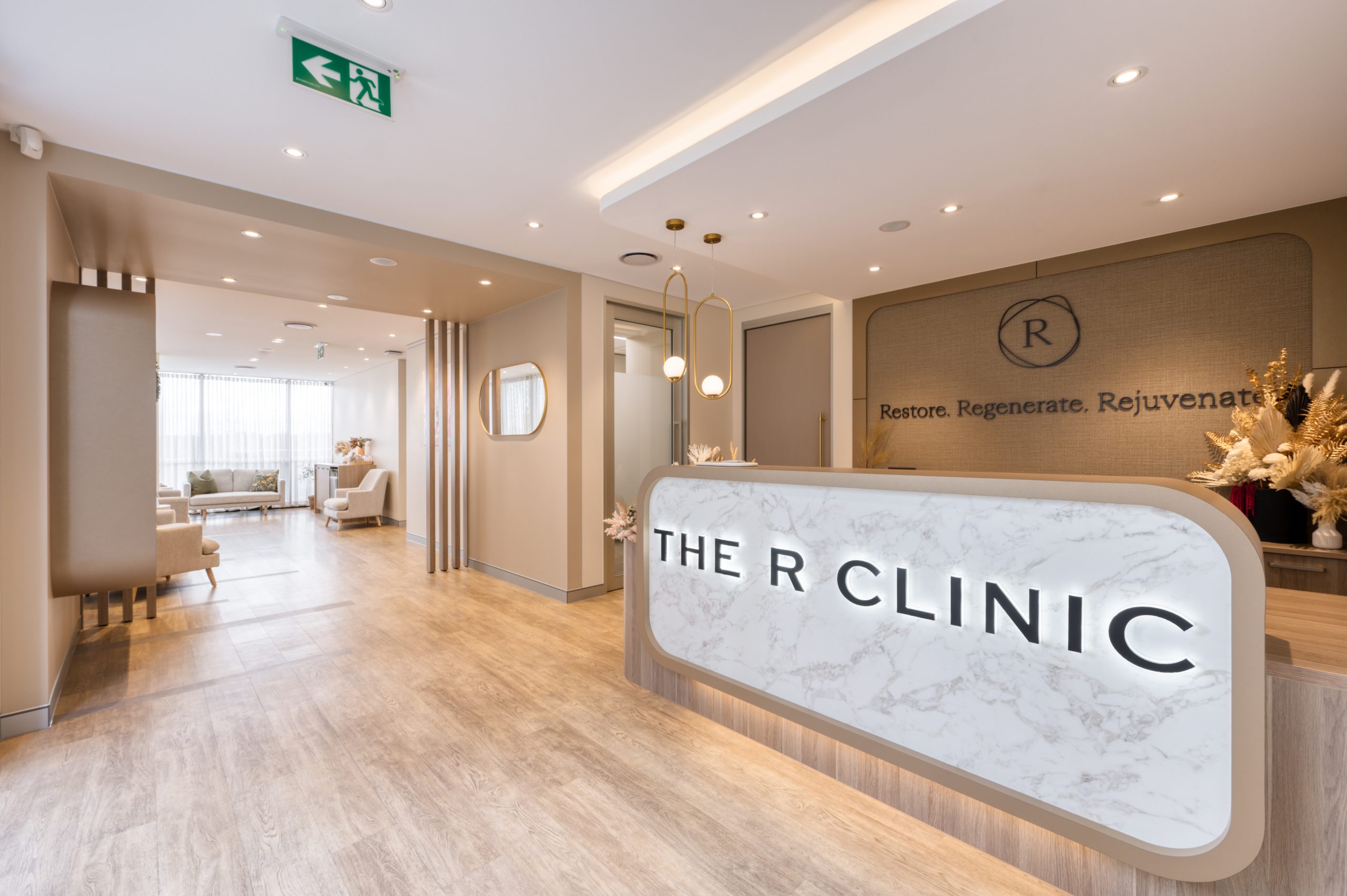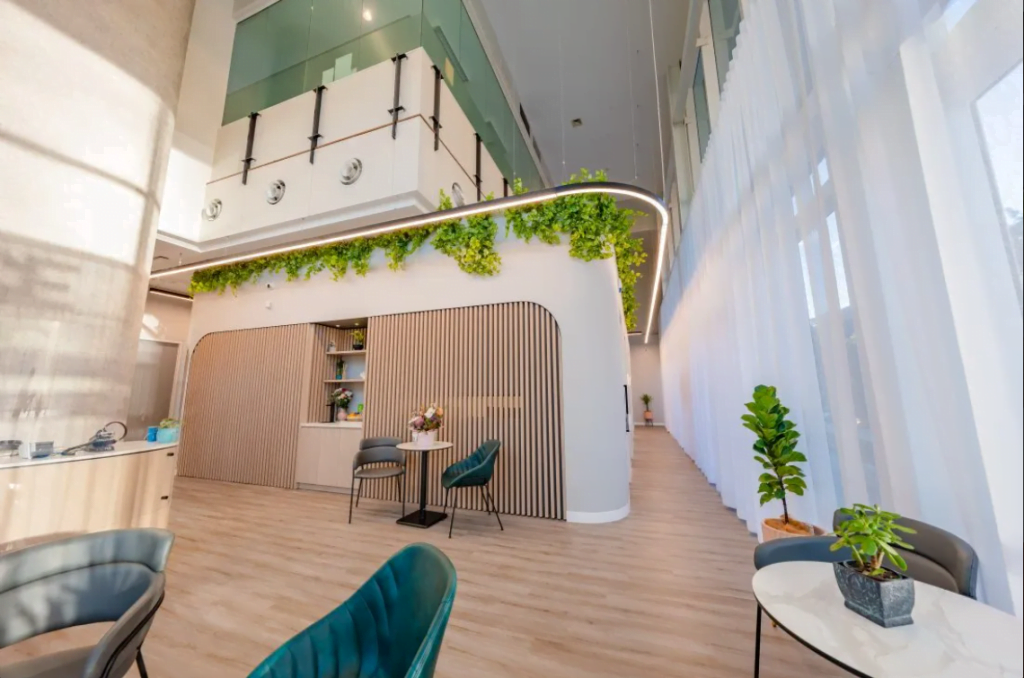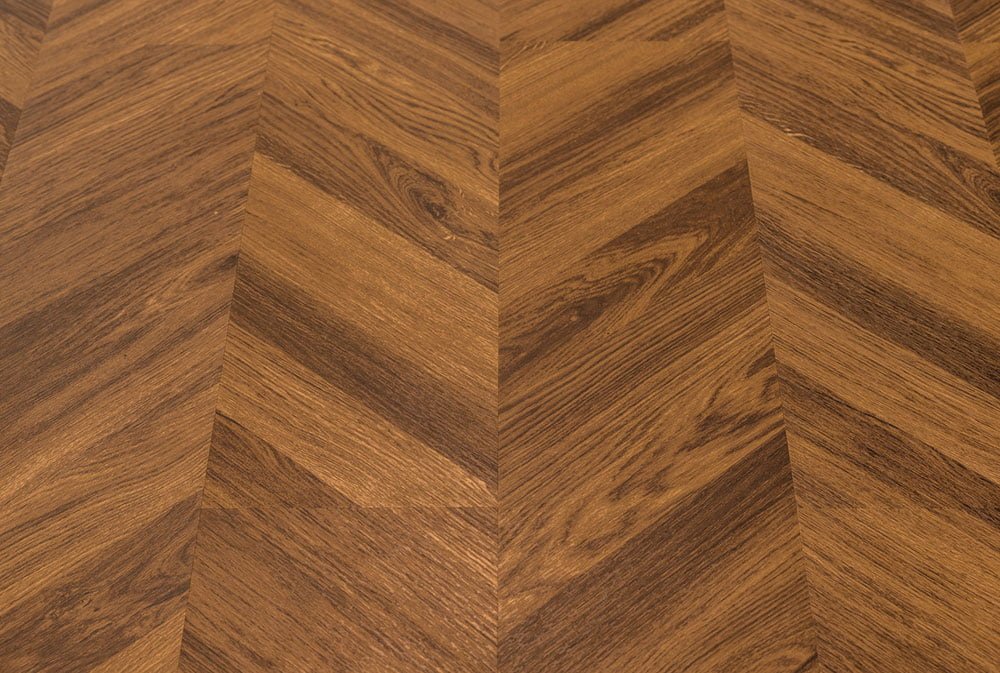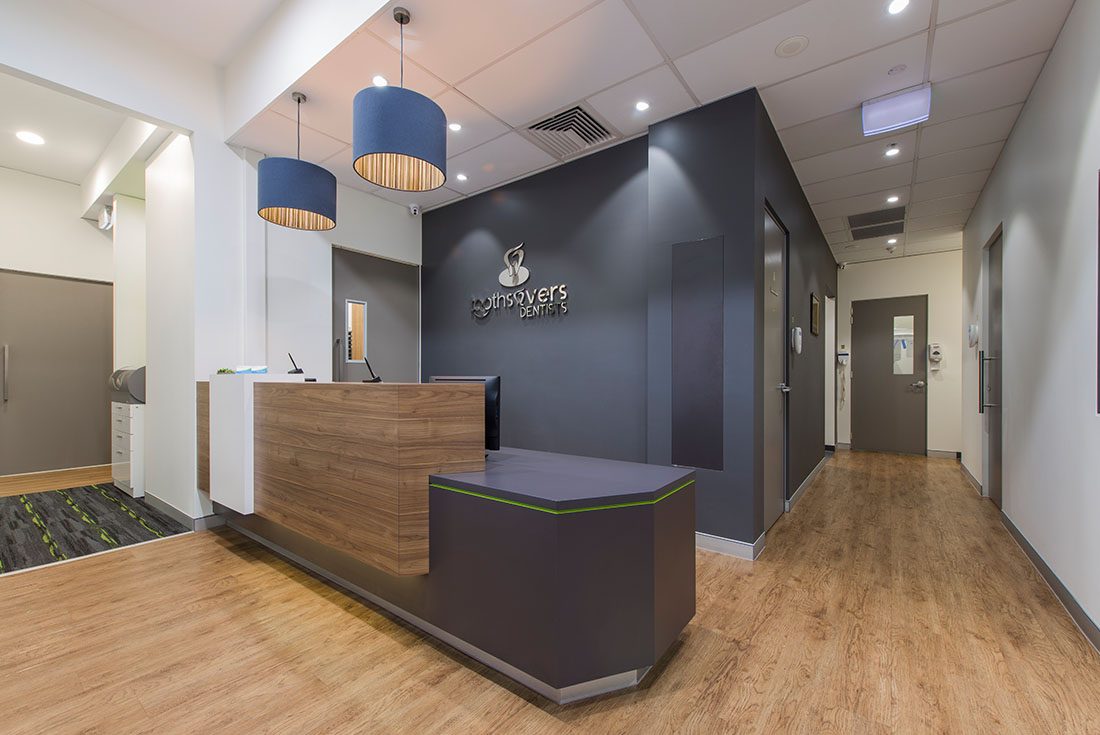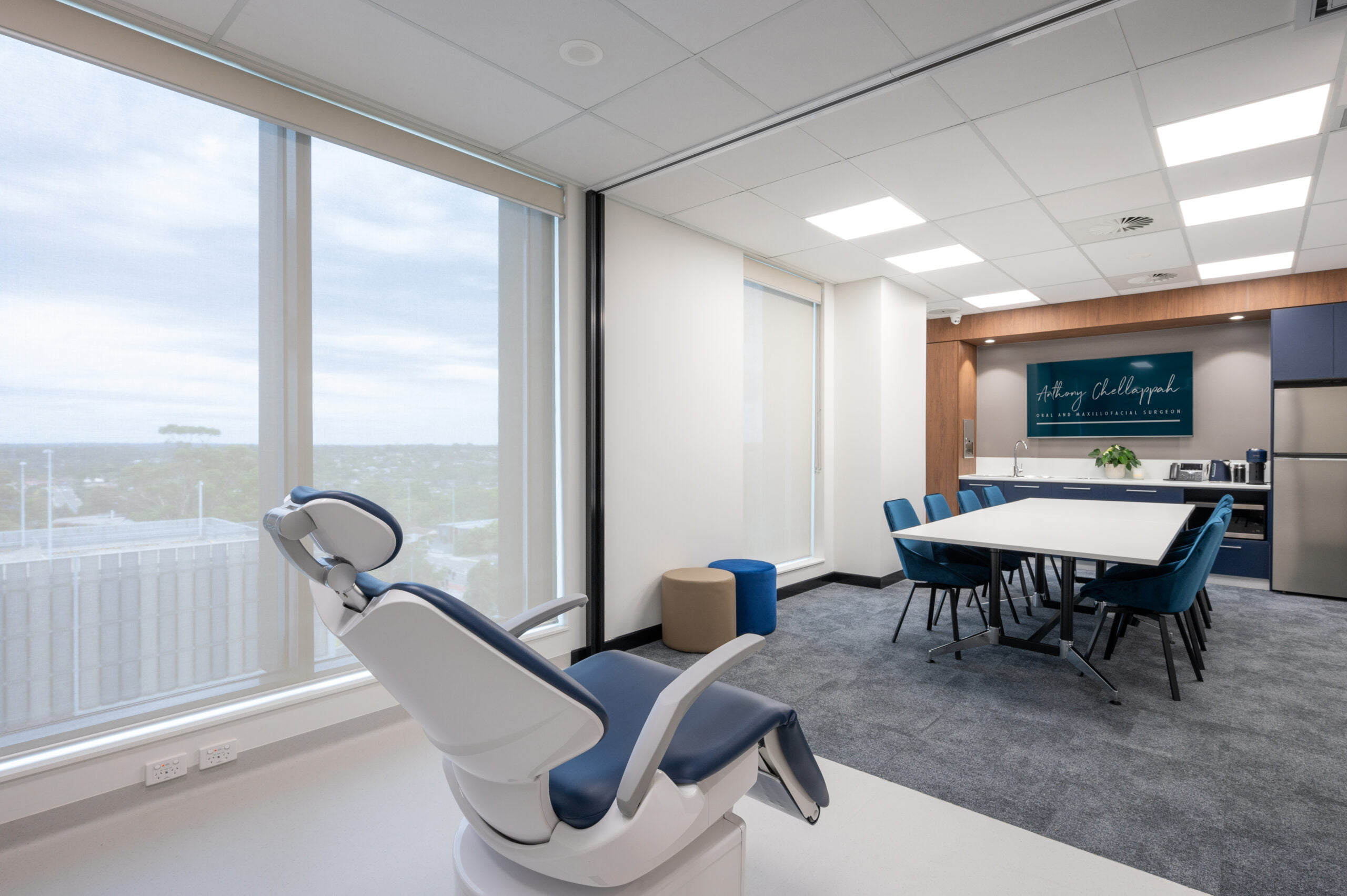The design of a healthcare practice goes beyond aesthetics; it plays a critical role in the space’s functionality and the well-being of its occupants. A carefully planned fitout can profoundly impact the patient experience, from the ease of movement to the subtle but significant influence of the surrounding environment on healing.
Over the past two decades, the principles governing these designs have evolved considerably, shifting towards more patient-centric and holistic approaches. As Perfect Practice celebrates its 20th year in the industry, we bring a wealth of long-standing experience, staying abreast of these dynamic trends to continue delivering spaces that heal as effectively as they function.
As we delve deeper into the intricacies of fit outs for healthcare facilities, it’s beneficial to look back at how this design aspect has evolved. The history of healthcare fitouts offers valuable insights into the changing needs and expectations of healthcare providers and patients, shaping how we approach design today.
The Turn of the Century (2000-2010)
During the first decade of the 21st century, healthcare fitout design saw significant changes, reflecting broader shifts in technology and patient care. The design aesthetics of this period leaned towards functionality and the beginnings of a patient-centred approach. Spaces began to be viewed as places for treatment and healing, influencing the choice of colours, materials, and furniture to create more welcoming and calming environments.
The integration of technology also became increasingly critical during this time. Rooms were designed to accommodate not only patients and healthcare providers but also complex technical equipment.
Another notable development was the focus on ergonomic furniture and effective lighting solutions. Healthcare providers spend long hours in these spaces, and ergonomic designs aim to reduce the physical strain on them. Energy-efficient lighting solutions also started becoming standard, serving both a functional and an environmental purpose. The design advancements in this decade set the stage for the more holistic and patient-centred approaches that would follow.
The Rise of Patient-Centric Design (2010-2015)
Between 2010 and 2015, the period marked a transformative era in healthcare fitout design, with a pronounced shift towards a patient-centric approach. Sterile clinical environments were replaced by spaces thoughtfully designed to elevate patient comfort and experience.
A key trend during this time was using calming colours in interior design. Soft blues, greens, and earth tones began to dominate, creating a tranquil atmosphere conducive to healing. Natural materials such as wood and stone were incorporated into furnishings and decor, adding a tactile dimension that enhanced the sense of calm and well-being. Textiles followed suit, emphasising softer, more soothing textures that could engage the senses in a comforting manner.
Privacy also took centre stage in design considerations. Partitioning, soundproofing, and strategically placing furniture and decor became essential in creating spaces that reduced patient anxiety and promoted confidentiality. This era laid crucial foundations for the fully integrated, human-focused healthcare environments that are becoming the industry standard today.
Technology Integration and Digital Transformation (2015-2020)
Between 2015 and 2020, digitalisation brought sweeping changes to health practice design. This era transitioned from traditional paper-based systems to integrating electronic health records (EHR), enabling more efficient patient management and streamlined administrative workflows. The advent of telehealth technologies also started to influence the physical layout of clinics, requiring designated spaces for virtual consultations and the necessary technical infrastructure to support them.
Smart technology emerged as a game-changer during this period, bringing a host of innovations designed to enhance patient care. Technology has become an indispensable part of the healthcare ecosystem, from automated check-in systems to smart monitoring devices. These advancements improved the accuracy of diagnostics and allowed for personalised treatment plans, contributing to a more patient-centric approach.
However, this digital transformation had its challenges. As healthcare environments became increasingly automated, maintaining a human touch in patient care became a balancing act. While smart technology and digital records can facilitate quicker and more efficient service, they also risk creating a more impersonal experience if not thoughtfully integrated. Hence, it was crucial to design spaces that blended technological prowess with human-centric considerations, ensuring that the care provided remained both cutting-edge and compassionate.
Holistic Wellness Spaces (2020 and beyond)
Beyond just treating illnesses or providing clinical care, contemporary design philosophies are now centred around creating spaces that enhance overall well-being. One of the key trends driving this change is the integration of biophilic design elements. The inclusion of indoor plants, water features, and maximisation of natural light are not just aesthetic choices but also calculated strategies to reduce stress and promote mental well-being for both staff and patients.
In addition to greenery, spaces specifically designed for relaxation or meditation have become commonplace. Such spaces aim to offer a sanctuary within healthcare settings, recognising the role of mental tranquillity in overall health. Designers are increasingly utilising natural materials, soothing colour palettes, and organic shapes to create calming environments that can help mitigate the often anxiety-inducing experience of medical visits.
The COVID-19 pandemic has also significantly impacted design considerations, underscoring the need for adaptable and safe spaces. Social distancing requirements and heightened hygiene protocols have necessitated rethinking waiting areas, consultation rooms, and even air circulation systems. Touchless technologies, easily sanitised surfaces, and clear boundaries for safe distances have become integral parts of the design blueprint.
Looking Back on the Last Two Decades
The continuous evolution of health practice fitouts reflects our ever-changing needs and values as a society. As we move forward, the importance of creating spaces that not only treat but also heal, comfort, and centre the patient will remain paramount. Design is no longer just about aesthetics or functionality; it’s a crucial part of the healthcare journey, contributing significantly to patient well-being, staff efficiency, and the overall quality of medical care.
Is it Time to Optimise Your Space?
Stay updated on the latest design trends for health practices to make sure your clinic meets the changing needs of both patients and staff. By staying informed, you position yourself to create an environment that maximises patient comfort, enhances treatment efficacy, and makes the workspace more enjoyable for practitioners. Consider regular reviews of your practice space and be open to adjustments that could optimise the overall healthcare experience.



